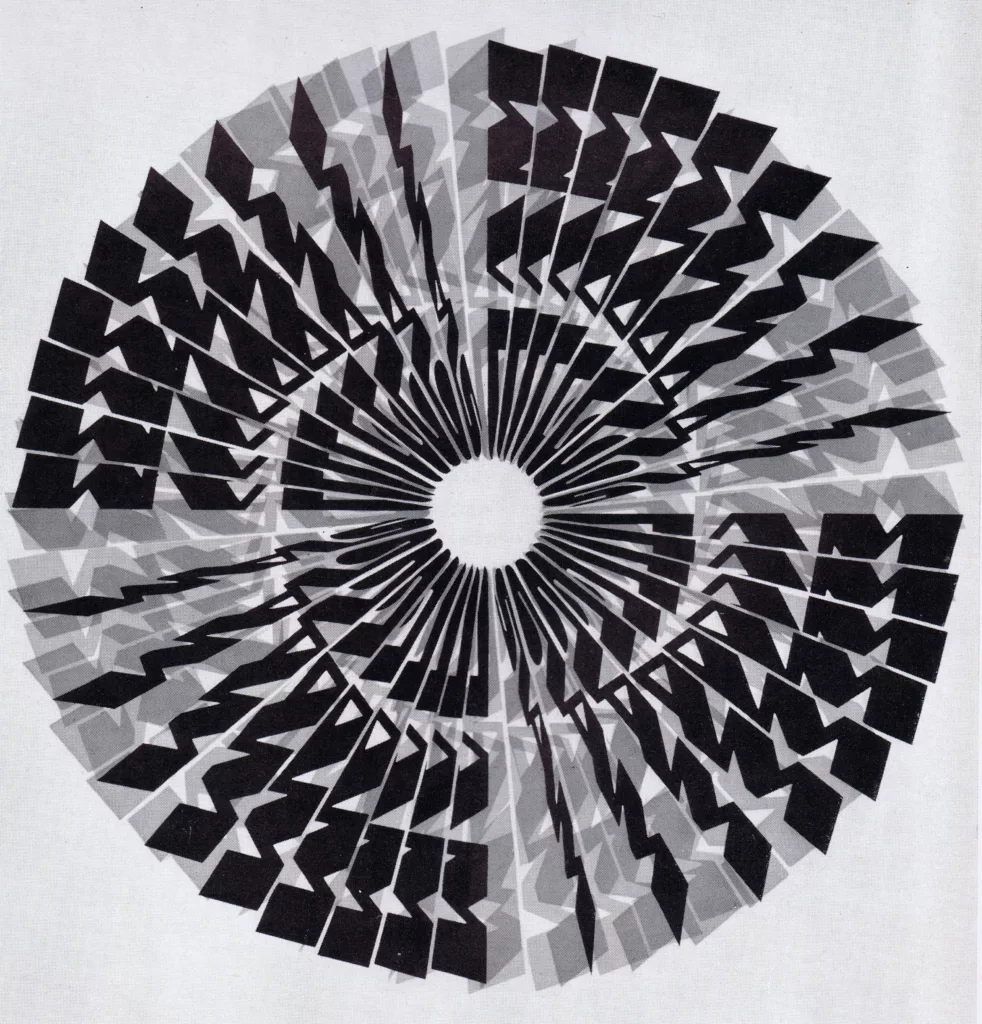
Share:
Original images and text from Gebrauchsgraphik, 4, 1964
The changing structure of Argentina’s economy between the two world wars and the subsequent years, the establishment of automobile factories, chemical and petrochemical industries, the production of crude oil and the processing of its derivatives, steel mills and paper-factories have brought us a result that also advertising and the media of publicity had to adapt themselves to the changed situation. A model example of this development had for many years been presented by Siam di Tella, a material processing enterprise and one of the most important industrial companies of Latin America. Graphic designers such as Juan Carlos Distéfano, Rómulo Macció or Ronald Shakespear had, and still have, occasion today to work for this enterprise.

A few years ago the publicity department of Siam di Tella found a collaborator who early in his studies of architecture was attracted by the problems of visual art. His name is Guillermo González Ruiz he was born in Chascomus (Province of Buenos Aires) in 1937. Between 1957 and 1960 he received 18 awards in poster competitions, some of which were of particular importance. He is extremely versatile; there is hardly a field of applied art in which he has not been active. No matter whether he designs film titles, posters, prospectuses, ads or trade-marks, Guillermo González Ruiz combines the talent of an imaginative graphic artist with the strict discipline of the architect. His work is characterized by clarity of stile, excellent use of typographic means, skilful composition and detailed planning. Ruiz has for many years worked as a critic of graphic art for the magazine Summa » and a graphic collaborator of the national film institute. It was he who created the posters and prospectuses for all the Argentinian films which were shown in various countries on the occasion of the international film festivals of 1963.




